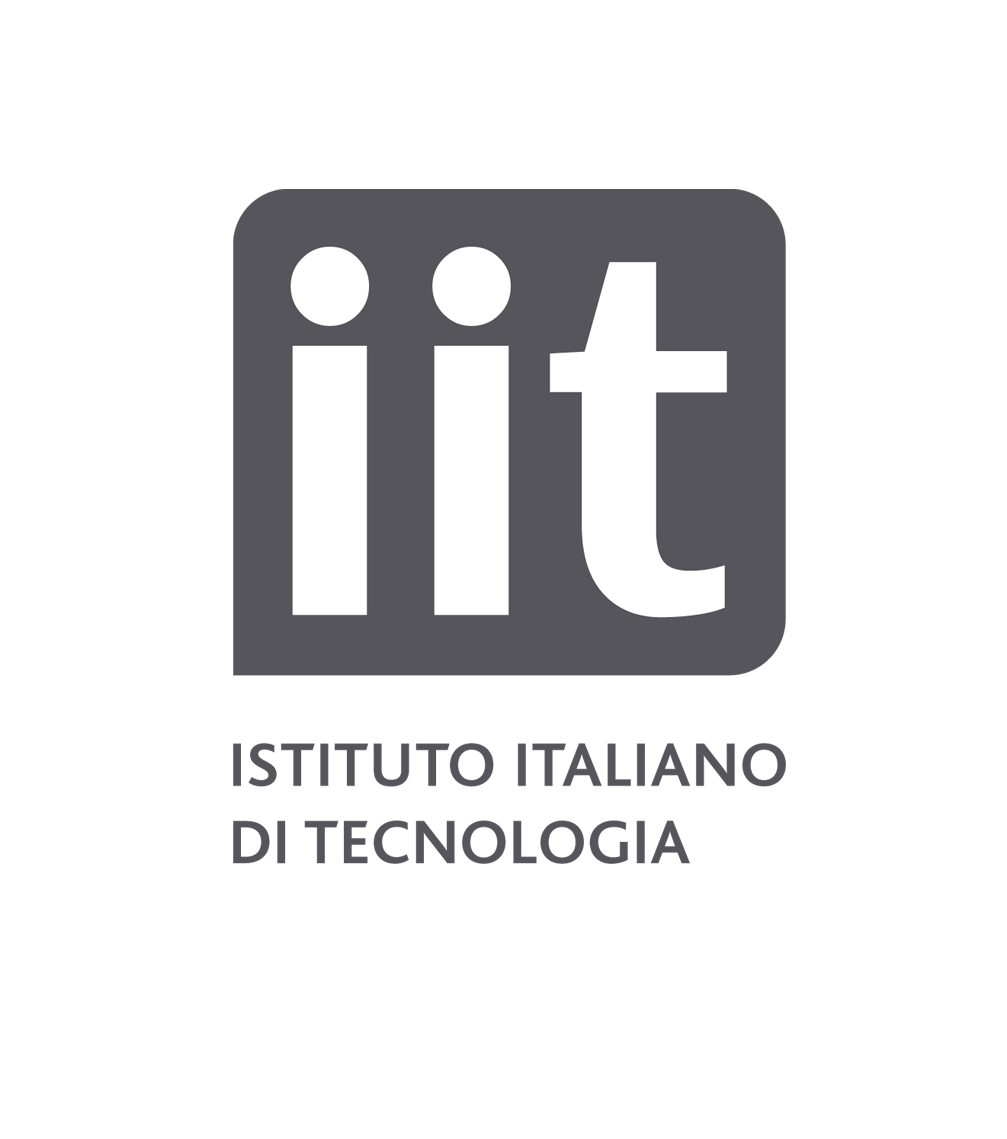Nicola was born in Rome. He spent his childhood in the quiet Tuscan town of Pisa, and his teenager and University years in its even quieter outskirts.
In the last year of his PhD, he moved to the ETH Zurich, as a guest of the group of Macromolecular Chemistry (Dept. of Materials) then led by the late Ueli Suter. Having grown very fond of the group, the institution, the town, and the Swiss way of life, he stayed as a postdoc; during this period, he unsuccessfully tried to learn the intricacies of polymer physics, but reached the firm convinction that it is complicated. Quoting from the Master thesis of a later mentor of his (Prof. John Collett), Nicola's use of polymer physics is similar to that of a drunkard for a lamp post: more for support than for illumination. After a long soul-searching exercise, in 1998 Nicola switched from plastics, organic solvents and lasers to biomaterials, water, and cells, joining as an Oberassistent the group of Jeff Hubbell (at the time Professor at the ETH). A few years later (2003) he crossed the Channel, and became a proud member of the University of Manchester, first as a Senior Lecturer and from 2005 as full Professor.
Between 2006 and 2012 he was editor in chief of Reactive & Functional Polymers, a journal published by Elsevier. The impact factor doubled in the first three years of his tenure, but then editorship became less fun and more a job. He thus understood that his days as an editor were numbered and found a more than capable successor in the person of Prof. Alexander Bismarck (then Imperial, currently Universität Wien).
At the UoM, Nicola helped establishing the MRes course in Tissue Engineering and Regenerative Medicine (BBRSC grants: BB/H015868/1 and BB/H021205/1), the NoWNANO Doctoral Training Centre ("A North West Nanoscience Doctoral Training Centre"; 2009-2018; EPSRC grant: EP/G03737X/1) and the Centre of Doctoral Training in Regenerative Medicine (2014-running; co-director 2014-15, director 2016-17; EPSRC/MRC grant EP/L014904/1).
Nicola has published >180 papers. h-index 55 (Google Scholar) / 50 (Scopus).
Selected recent publications:
A. Siani, L. Infante Teixeira, R. d’Arcy,*, I.V. Roberts, F. El Mohtadi, R. Donno, N. Tirelli, “Polysulfide nanoparticles inhibit fibroblast-to-myofibroblast transition via extracellular ROS scavenging and have potential anti-fibrotic properties”, Biomaterials Advances, 134 (2023) 213537. DOI: j.bioadv.2023.213537
R. d’Arcy, F. El Mohtadi, N. Francini, C. DeJulius, H. Back, A. Gennari, M. Geven, M. Lopez Cavestany, Z.Y. Turhan, F. Yu, J. Bong Lee, M. King, L. Kagan, C.L. Duvall, N. Tirelli, “A Reactive Oxygen Species-Scavenging ‘Stealth’ Polymer, Poly(thioglycidyl glycerol), Outperforms Poly(ethylene glycol) in Protein Conjugates and Nanocarriers and Enhances Protein Stability to Environmental and Biological Stressors” Journal of the American Chemical Society 144 (2022), 21304–21317. DOI: 10.1021/jacs.2c09232.
G. Scoponi, N. Francini, V. Paradiso, R. Donno, A. Gennari, R. d’Arcy, C. Capacchione, A. Athanassiou, N. Tirelli “Versatile preparation of branched polylactides by low-temperature, organocatalytic ring-opening polymerization in N-methylpyrrolidone, and their surface degradation behaviour” Macromolecules, 54 (2021) 9482–9495. DOI: 10.1021/acs.macromol.1c01503
F. El Mohtadi, R. d’Arcy, J. Burke, J.M. Rios De La Rosa, A. Gennari, R. Marotta, N. Francini, R. Donno, N. Tirelli, “A ‘tandem’ nanomedicine approach against osteoclastogenesis. Polysulfide micelles synergically scavenge ROS and release rapamycin”, Biomacromolecules, 21 (2020) 305-318. DOI: 10.1021/acs.biomac.9b01348.
J.M. Rios de la Rosa, P. Pingrajai, M. Pelliccia, A. Spadea, E. Lallana, A. Gennari, I.J. Stratford, W. Rocchia, A. Tirella, N. Tirelli, “Binding and internalization in receptor-targeted carriers. The complex role of CD44 in the uptake of hyaluronic acid nanoparticles (siRNA delivery)” Advanced Healthcare Materials, 8 (2019) 1901182. DOI:10.1002/adhm.201901182.
M. Geven, H. Luo, D. Koo, G. Panambur, R. Donno, A. Gennari, R. Marotta, B. Grimaldi, N. Tirelli, “Disulfide-mediated bioconjugation. How to control their formation and re-structuring on nanoparticle surfaces”, ACS Applied Materials and Interfaces, 11 (2019) 26607-26618. DOI: 10.1021/acsami.9b07972.
